Truth: We juice. As in fruit and vegetables. {Or is it fruits and vegetables? Ah. Irrelevant.} After watching the compelling documentaries, Fat Sick & Nearly Dead and Food Matters, earlier this year HH and I were inspired to start juicing. Neither one of us was looking to lose weight or cure disease {which juicing can do}, we were simply hoping to optimize our physical and mental health, be proactive, prevent disease and set a good example for our kids.
One thing I always had a hard time with in my past job as a retail pharmacist was regularly getting asked by obviously unhealthy customers with nothing in their grocery cart but sugary drinks and packaged foods, “What’s best for {insert ailment, symptom, disease, complaint here}?” The answer I wanted to give wasn’t the answer they were looking for. What I really wanted to say was, “Go put everything in your shopping cart back on the shelf. Then head to the produce section and fill ‘er up. When you get home, go for a walk. That’s the best thing.” It would have been a good start and I probably would have been fired on the spot. Our society is funny like that.
After a little research, HH purchased the 8004 Omega juicer.
That was six months ago and we’ve been giving our juicer a run for its money ever since. We juice once in the morning most days of the week. We both feel good about getting in a bunch of healthy stuff at the beginning of the day so even if we don’t do a great job eating right the rest of the day, at least we started the day right. Hey. We’re not perfect. And Thanksgiving {a.k.a. the day we show our gratefulness by indulging in gluttony…what’s up with that?} was just last week so this post is rather timely, isn’t it?
Anyhow, I’ve been receiving more and more questions about our juicing experience so I thought a little how-we-do-it post was in order. Be warned: we’re not professional juicers. If there is such a thing. We could be doing a lot better and we hope to continue to improve upon our juicing experience now that we’ve made it a part of our lives and are committed to it.
We have a few juicing staples that are included in every juice we make: kale, spinach, carrots. Other produce we use and move in and out of rotation are: celery, cucumbers, melons, pineapple, apples, tomatoes and whatever else is getting a little too ripe in our fridge.
Per the first image of this post, the end of our island across from the fridge is our juicing command station. It looks intense but it takes less than a minute to set up the juicer. Before beginning to juice, I cut up anything that’s too large to fit into the juicer. Basically, anything larger than ~1½” in diameter gets cut down to fit in the shoot.
Then I turn on the juicer and load the produce into the top. The juicer comes with a nifty handheld plunger to push the food down into the juicing chamber. We’ve discovered that starting with softer things {like the leafy veggies, cucumber, pineapple and tomatoes in this example} and ending with harder produce {here, the carrots} works best to extract the most juice possible. The firmer produce sort of cleans out the juicer.
There are two tubs under the juicer to catch the juice and pulp. This is what the extracted juice looks like after some spinach leaves make their way through the juicer.
This is what the spinach pulp looks like at the end of the juicer. It crazy how dry the pulp is. Nearly all of the juice is gone.
Here’s where I started adding the carrots. You can see how the juice and pulp change color as I add different foods.
Everett LOVES helping with the plunger and asks, “Can I be your squisher?” every morning. It’s so easy a four-year-old can do it!
Look at that pretty pulp.
The juicer does make some noise but it’s nothing loud. We’ve yet to have anything get stuck. There’s a reverse switch in case that happens.
On this particular day, I was juicing just for this post so I didn’t make a full batch. The juicer can handle much more. We drink up as soon as the juice is ready.
{Everett was still in his ‘army’ pajamas.}
Layne and Everett drink the juice too – albeit smaller servings. When we first started juicing, we paid the boys 25¢ for each glass of juice they drank. Bribery. We do it. A month into it, though, we let the pay slide and the boys still drank the juice so we no longer have to bribe them. I did buy some stainless steel straws that seem to make the juice more palatable for the kids. For particularly ‘robust’ batches, we’ll add some ice cubes for the boys too.
How does the juice taste? Well, it depends on the ingredients. It helps to have a little sweetness in there to balance out all the green so that’s why I include pineapple, apple, honeydew, cantaloupe or watermelon. Does it taste like fried chicken or chocolate cupcakes? No. But it doesn’t taste like poop either. {Not that I know what poop tastes like.} Now that we’ve been juicing for several months, I actually crave the juice but not in the way that I crave tasty foods. I don’t crave the taste. I crave the effect. It’s difficult to explain. My body craves it as opposed to my taste buds craving it. It’s weird.
And the juice is actually filling. Not in a way that makes my pants feel tight around the waist but in a way that leaves me satisfied until late morning.
To clean up, I dismantle the juicer and rinse all the parts. {As of right now, the pulp gets trashed but it would be great to compost.} Then everything minus the actual juicer goes in the dishwasher on the top rack. Yes, there are a lot of parts. Eight to be exact. But that comes with the juicing territory I guess.
The juicer gets prime real estate in a drawer close to the sink since we use it so often. As far as kitchen utensils go, the juicer is heavy {~20 lbs} and it’s easier not to store it up high.
So, yeah, I spend the majority of my grocery shopping time in the produce section and I usually have to buy fresh produce twice a week. I’ll be honest. {This is Honest Monday after all.} When we first started looking into juicing, trekking to the grocery store more than once a week sounded like a pain. Now that we’ve been doing it for a while, it’s just become a part of life. We buy organic whenever possible. Yes, it’s more expensive. But it’s our health! When you compare the cost of a trip to the doctor/emergency room/hospital/pharmacy to the cost of a few pounds of produce…well, I think you know which costs more in the end. Plus, my skin has never looked so good! And my skin used to be infamous for acne breakouts. Hell. Now that I’ve just celebrated a birthday and I’m officially in my mid-30’s, I’ll gladly pay a little more at the grocery store to reap beauty benefits.
In the Food Matters documentary, one of the speakers made a comment about our society having things backwards. We gladly stretch our pursestrings for a nice big house but complain about the cost of healthy food. Where are our priorities? This whole downsizing adventure is looking better and better every day.
As I mentioned, we’d love to improve our juicing experience. Adding in some wheat grass and spirulina is next on our list. What about you? Have you ever juiced? Any recipes you want to share? Do you have a juice bar in your city? HH and I have casually thrown around the idea of opening a juice bar. We’d offer organic produce from local farmers and let customers gather their ingredients into a basket then we’d juice it for them OR they could order from a simple juice menu. And I think there should be a drive-thru. There aren’t enough healthy drive-thru options out there.
One thing is for sure. I haven’t thrown out overripe produce in months. I’m not above juicing wilted lettuce or mushy strawberries. I’ll juice anything.
FYI – I wasn’t compensated for mentioning any of the products above. I’m just sharing our juicy experience!
images: Dana Miller for House*Tweaking

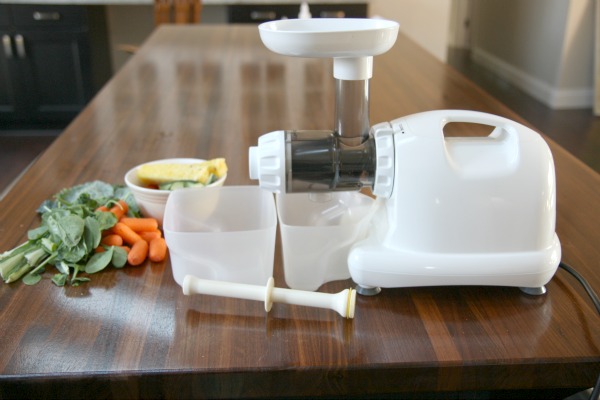
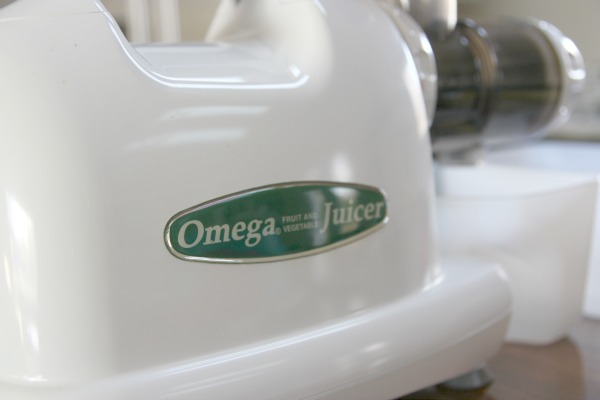
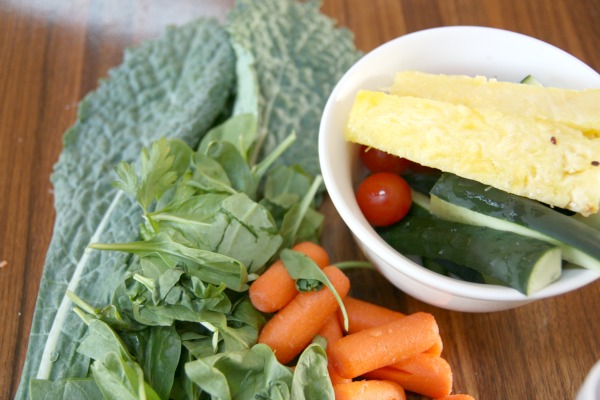
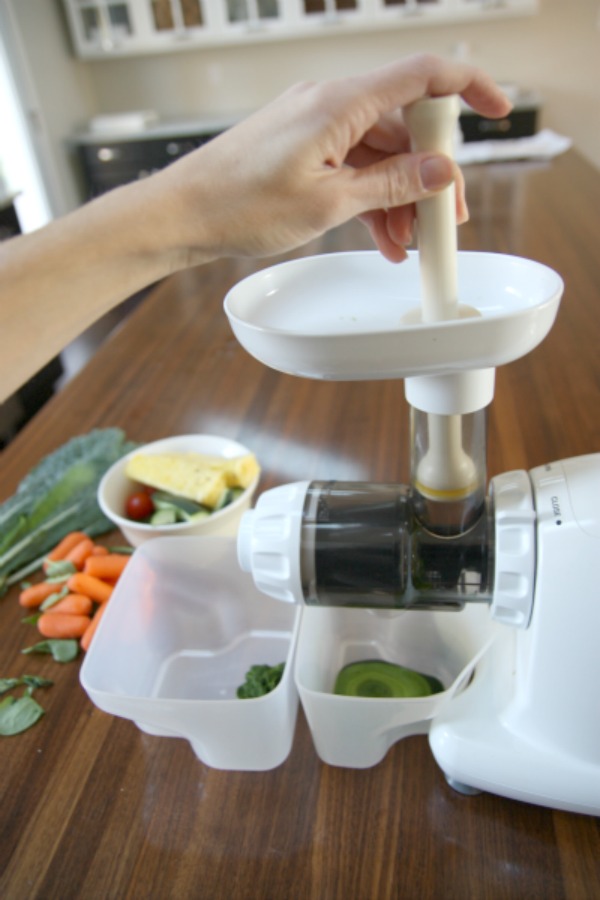

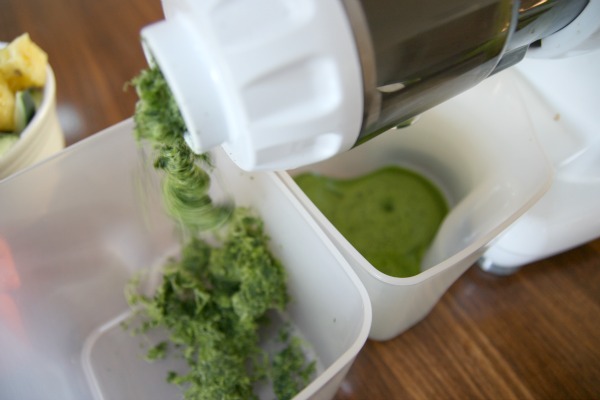
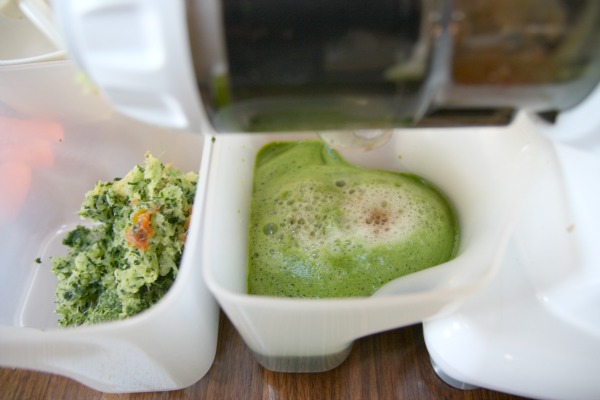
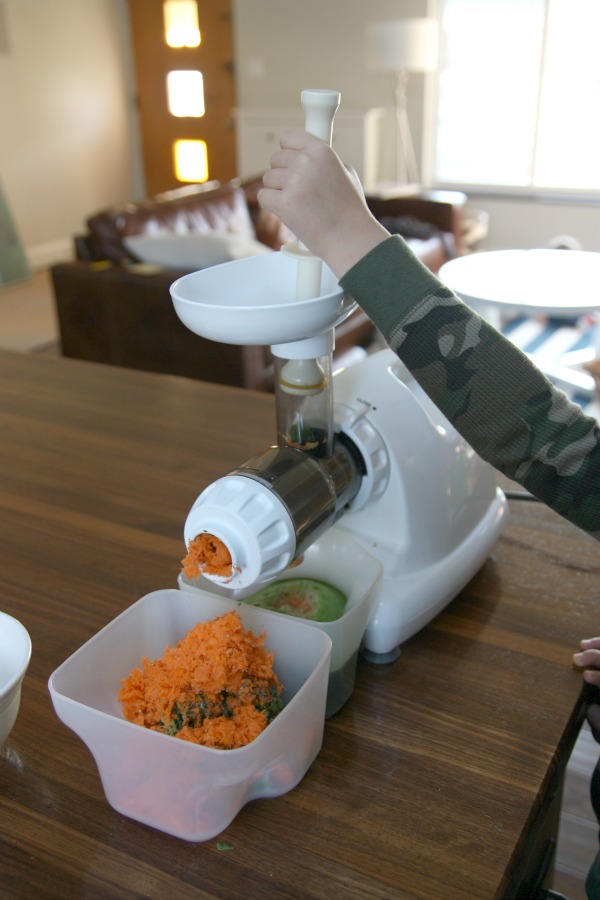

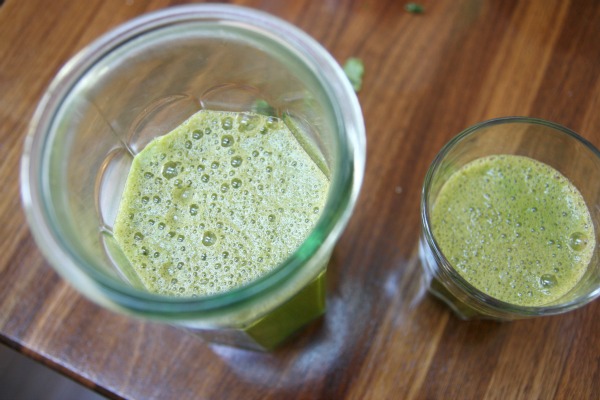
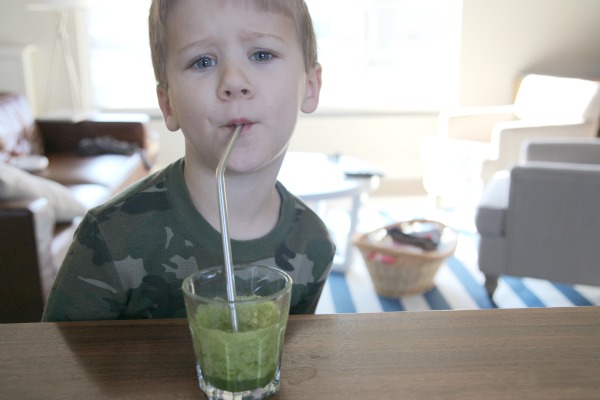
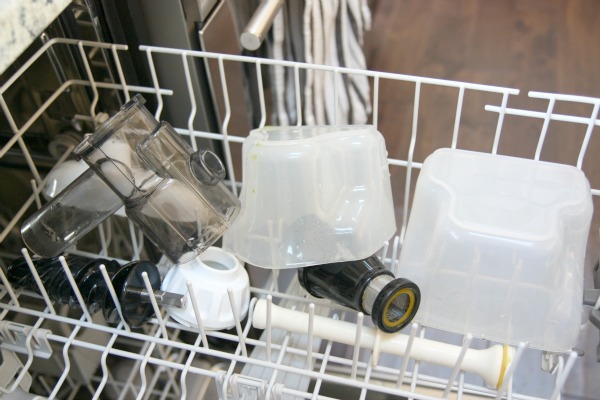














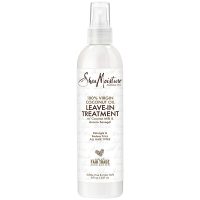


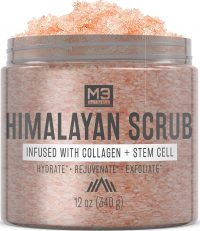
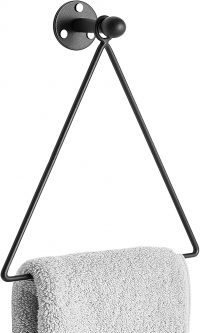





DIY, family life, food